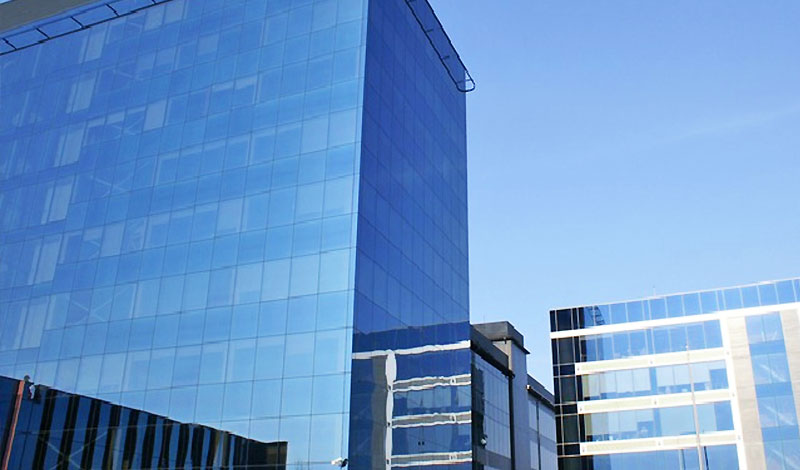Maximizing profits is often a primary goal of building owners and managers, so investing in energy efficiency may seem like a low priority, especially when tenants are responsible for their own energy costs. However, efficiency upgrades can increase cash flow by making available space more attractive to tenants.
For commercial real estate, a 30% reduction in energy use can increase net operating income and building asset value by 5%, according to the U.S. Environmental Protection Agency (EPA). It also results in lower vacancy rates and tenants being willing to pay higher rental rates.
Energy efficiency: one step at a time
To maximize energy savings, efficiency upgrades should be made throughout the entire property, not just in common areas. However, the upgrade process can be very expensive and time consuming. A phased approach can help with financing and reduce any inconvenience to tenants. Start with building recommissioning, then move on to major systems, such as lighting and HVAC.
Building recommissioning is a systematic, documented process, which ensures that building systems are operating according to the design intent, as well as the current needs of property owners and occupants. It’s also a great way to identify energy-saving opportunities. For more information, see retrocommissioning from ENERGY STAR®.
The recommissioning process should help target energy-saving opportunities. Although every building is different, here are some common efficiency upgrades that can yield big savings:
- Upgrade older fluorescent tube lamps with LED replacement fixtures or lamps. LEDs are more efficient, last longer and provide better quality lighting.
- Install variable speed drives (VSDs) on motors driving HVAC fans and pumps. VSDs save energy by matching motor speed to the load.
- Hire a qualified professional to ensure building insulation levels match those recommended in ASHRAE 90.1 Energy Standard for Buildings Except Low-Rise Residential Buildings.
- Seal air leaks around windows and exterior doors to save on HVAC energy costs and improve comfort. Replace older windows with new, high-performance models.
- Install water-efficient showerheads and faucet aerators throughout your facility. They save on water and water heating costs while still providing a comfortable flow.
- Tune energy-saving building controls — such as sensors and thermostats — to match the changing seasons or occupancy schedules.
Get everyone involved
Although upgrades can provide savings, optimizing efficiency requires cooperation between building management and tenants. Education is key; whether your tenants pay directly for their utility use, or through rental or lease agreements, they need to understand that conserving energy benefits everyone.
Start by forming an energy team, including building management and tenant representatives. Green leasing is another option. A green lease is one in which tenants commit to or gain incentives by participating in energy conservation or other sustainability programs. Under the terms of a green lease, establish energy-saving goals and implement a strategy to carry them out. For more information, see Green Lease Leaders from the U.S. Department of Energy.
Start saving now
For additional tools and resources that can help you measure your energy use and identify savings opportunities in your portfolio, see Commercial Real Estate from ENERGY STAR.
